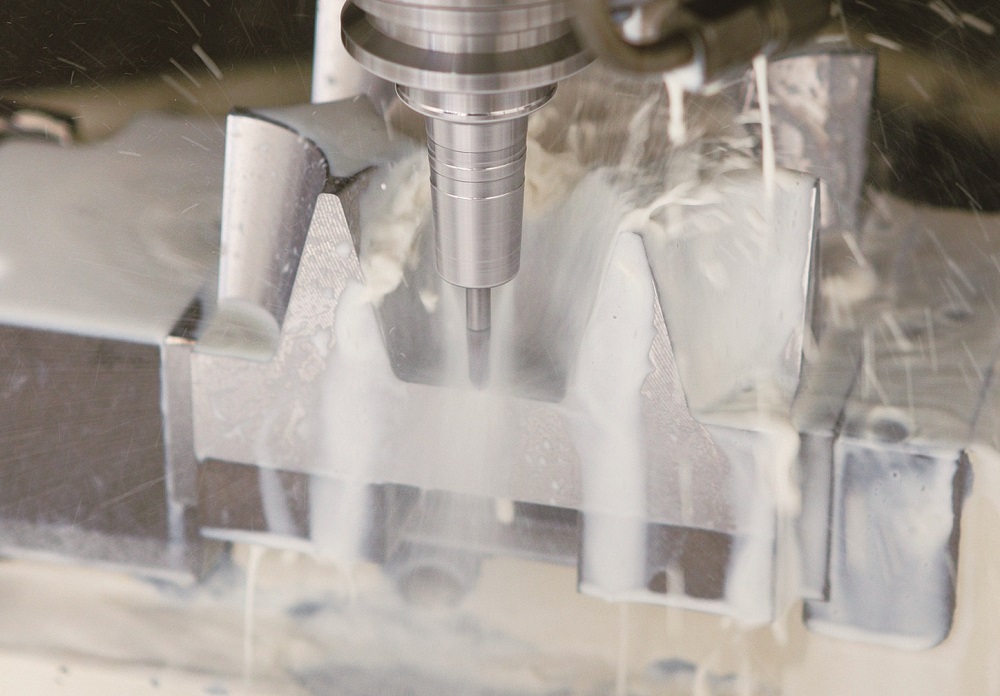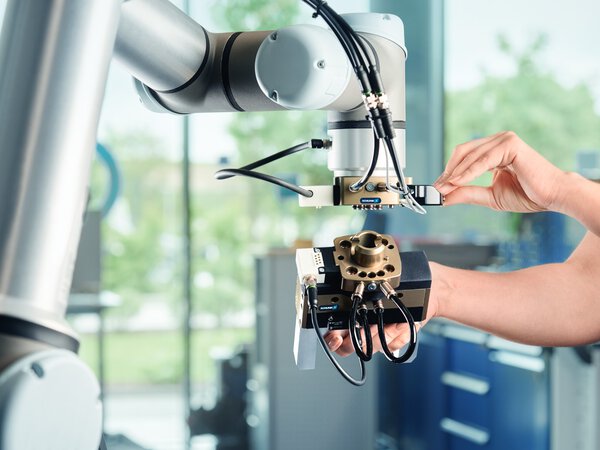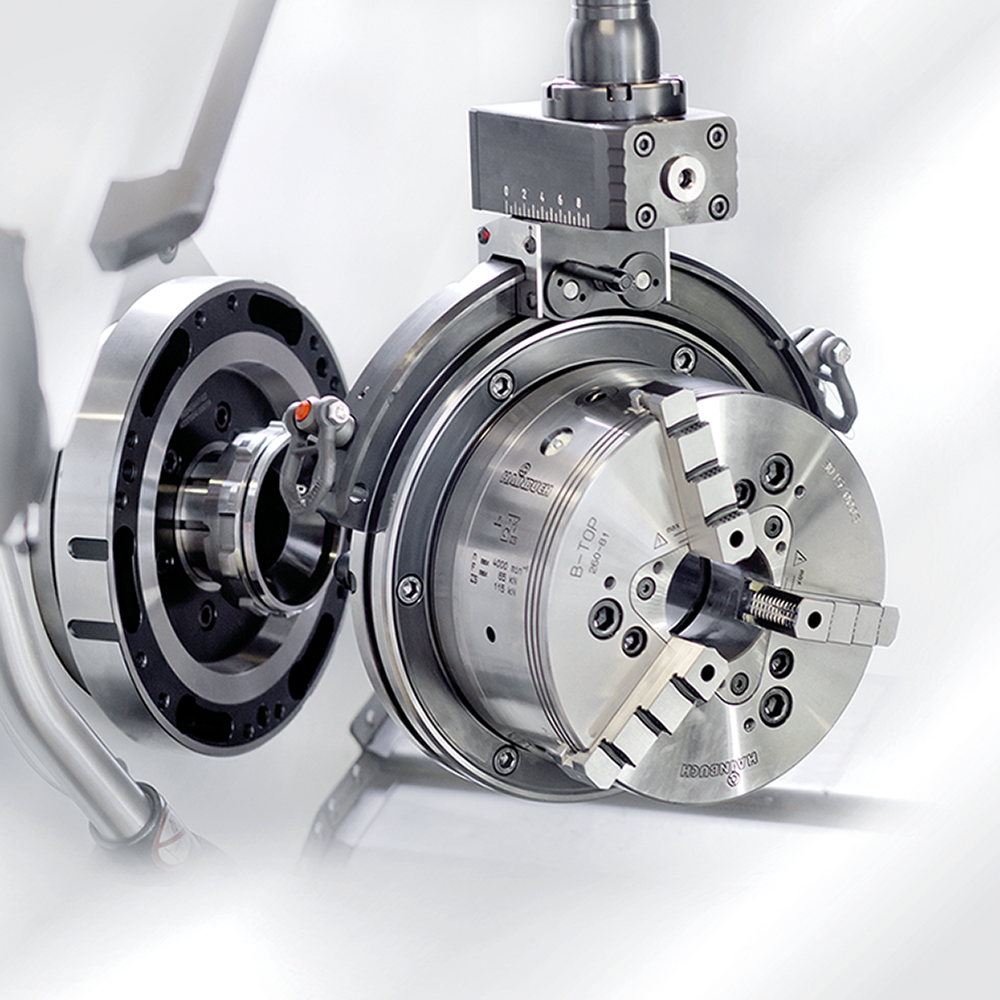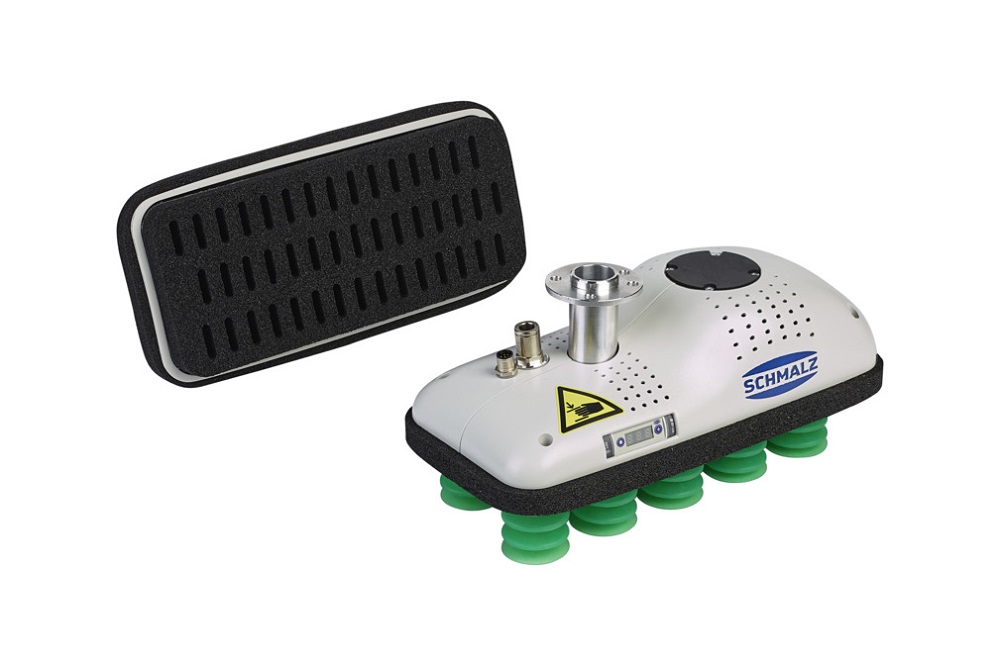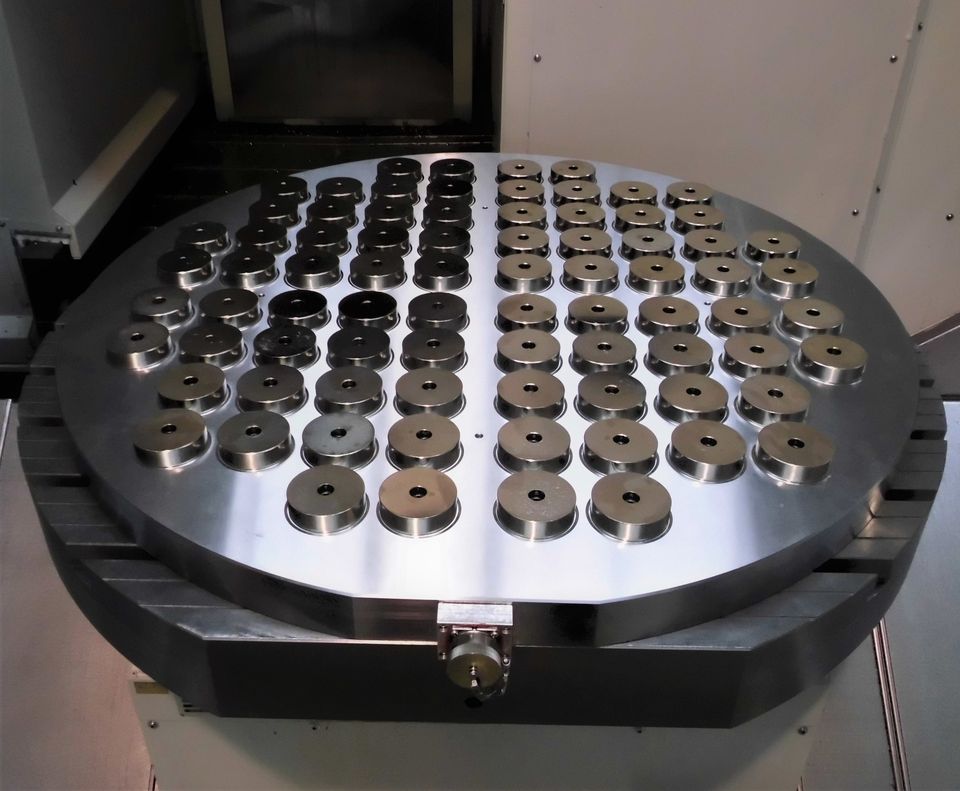Run-out can be relatively low on some hydraulic chuck systems, and diminish further after intensive use. However, it is now possible to take advantage of a significant improvement in this situation with the Hydraulic Chuck Jet Through, which in now part of the Big Kaiser HDC series of hydraulic chucks available in the UK from Industrial Tooling Corporation (ITC).
Hydraulic chucks compress an internal membrane in the holder body to apply uniform pressure around the cutting tool that optimises concentricity and minimises run-out. Clamping with the Big Kaiser Hydraulic Chuck Jet Through chuck series is easy, fast and safe, making it simple to change tools in the machine. With no heat-shrink clamping machines required, users can extend the life of the tool holder indefinitely, saving money and reducing the environmental impact of holder replacement when compared with shrink-fit counterparts. The through-coolant chuck provides precise clamping in the 4 to 12mm diameter range with the accurate Big Capto interface.
Giampaolo Roccatello, chief sales andmarketing officer for Europe at Big Kaiser, says: “Our jet-through hydraulic chucks are ideal for applications that would benefit from improved coolant delivery. By directing coolant to the cutting edge, you can improve surface finish and extend tool life.”
The chuck is suitable for all small to large machine shops that undertake precision milling where the lowest possible run-out is required. It combines a sleek contour and through-coolant capability to deliver significant improvements for the end user. Big Kaiser’s Hydraulic Chuck Jet Through is available for Big Capto C5 and C6 machine spindles, as well as the BBT 30/40/50, BDV40 and HSK 63 spindle interfaces.
For further information www.itc-ltd.co.uk






